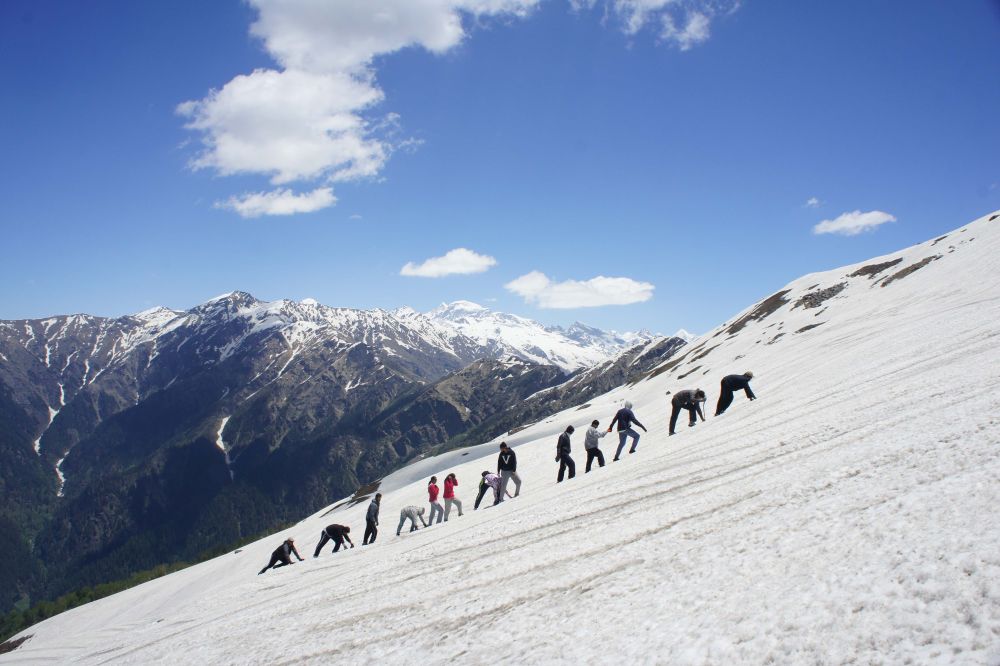

The ideal time to trek Chandrakhani Pass in Kullu, Himachal Pradesh is during the months of June to early October. This period marks the summer and early autumn seasons in the region, offering a relatively stable climate that is perfect for trekking. The temperatures are mild, and the skies tend to be clear, giving trekkers the opportunity to enjoy breathtaking views of the surrounding Himalayan ranges. The pass itself is located at an altitude of approximately 3,660 meters and offers panoramic vistas of Deo Tibba Peak, Pir Panjal, and Parbati range, which can be best appreciated during this period of good weather. However, monsoons can occasionally make the trail slippery, so it is advisable to check the weather forecast before planning the trek.
However, it's important to avoid the winter months, from late October to May, when the pass is usually covered with heavy snow, making the trek not only challenging but also potentially dangerous due to the risk of avalanches and extreme cold. Also, the facilities for trekkers tend to be closed during this period. During the pre-monsoon season in late spring, from April to May, the snow begins to thaw, and the meadows start blossoming with a variety of alpine flowers. Although trekking is possible in this season, snow can still be encountered at higher elevations, and the weather is less predictable. Therefore, when planning your trek, consider your experience level with high-altitude hiking and your comfort with variable weather conditions.